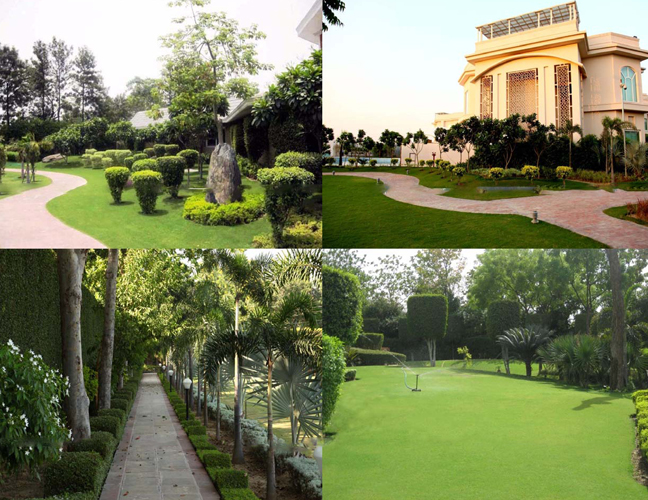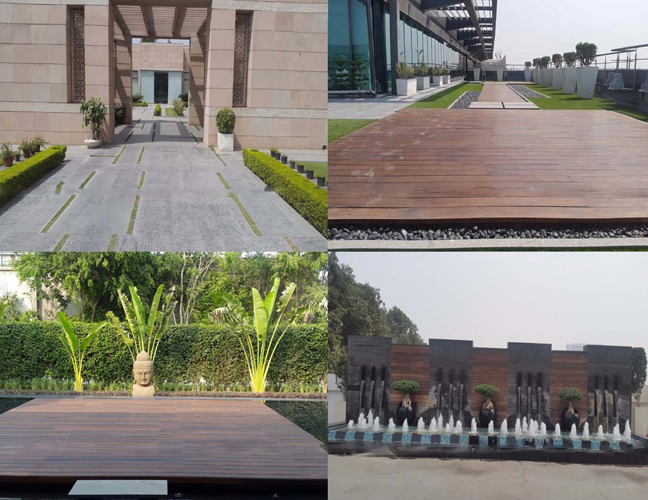Soft Landscape : Transforming Outdoor Spaces into Relaxing Havens
Be ready to become the next big name with us by rechanneling your spaces.


Definition of Soft Landscaping
Soft landscaping refers to the application of organic, living elements in outdoor design. In contrast to hard landscaping which includes structural components such as patios, walkways, and fencing soft landscaping emphasizes the intrinsic beauty of flora and soil. It serves as an essential component for achieving balance and harmony within any outdoor setting and softscape design.
Advantages of Soft Landscaping :
1. Enhanced Aesthetic Appeal
Soft landscaping introduces a diverse range of colors, textures, and forms to exterior spaces, cultivating a visually engaging atmosphere.
2. Environmental Benefits
Air Quality Improvement: Vegetation absorbs carbon dioxide and generates oxygen, thereby contributing to a healthier environment.
Temperature Regulation: Grass and trees mitigate the urban heat island effect through natural cooling mechanisms.
3. Promotion of Biodiversity
Soft landscaping attracts various forms of wildlife, including birds, bees, and butterflies, which fosters local ecosystems and enhances biodiversity.
4. Mental and Physical Wellness
Engaging with landscaped areas has been shown to reduce stress levels and improve mental clarity. Additionally, the maintenance of soft landscapes can serve as a therapeutic activity. Indulging in landscaping in small gardens will also be though-provoking.
5. Increased Property Value
A well-maintained garden or lawn can substantially augment property value.
Essential Components of Soft Landscaping
Lawn and Grass Areas: These areas constitute the foundation of most soft landscapes, offering
versatile and low-maintenance options for relaxation and recreation.
Trees and Shrubs: Trees contribute vertical interest, shade, and seasonal beauty, while shrubs
serve to create natural barriers and enhance layering within landscapes.
Flowers and Plants: These components add vibrant color and fragrance, thereby transforming
any space into a sensory experience. It is advisable to select native and drought-tolerant plants to
promote sustainable landscaping practices.
Ground Cover: Mosses, creepers, and other low-growing plants help to prevent soil erosion and
enhance textural diversity.
Water Features with Soft Planting: Ponds and fountains that are integrated with soft landscaping
create tranquil and visually compelling focal points.
Conclusion
Soft landscaping transcends the mere act of planting vegetation; it encompasses the creation of spaces where nature and design harmoniously coexist such as garden design and involves planting trees, shrubs, hedges, and groundcover. Create a beautiful and functional outdoor space with plants, flowers, and other natural elements with us. Whether undertaking the design of a private garden or a large public park, soft landscaping contributes a vital element of life and tranquility. It is imperative to prioritize thoughtful planning and sustainable practices to optimize both aesthetic appeal and environmental benefits.
